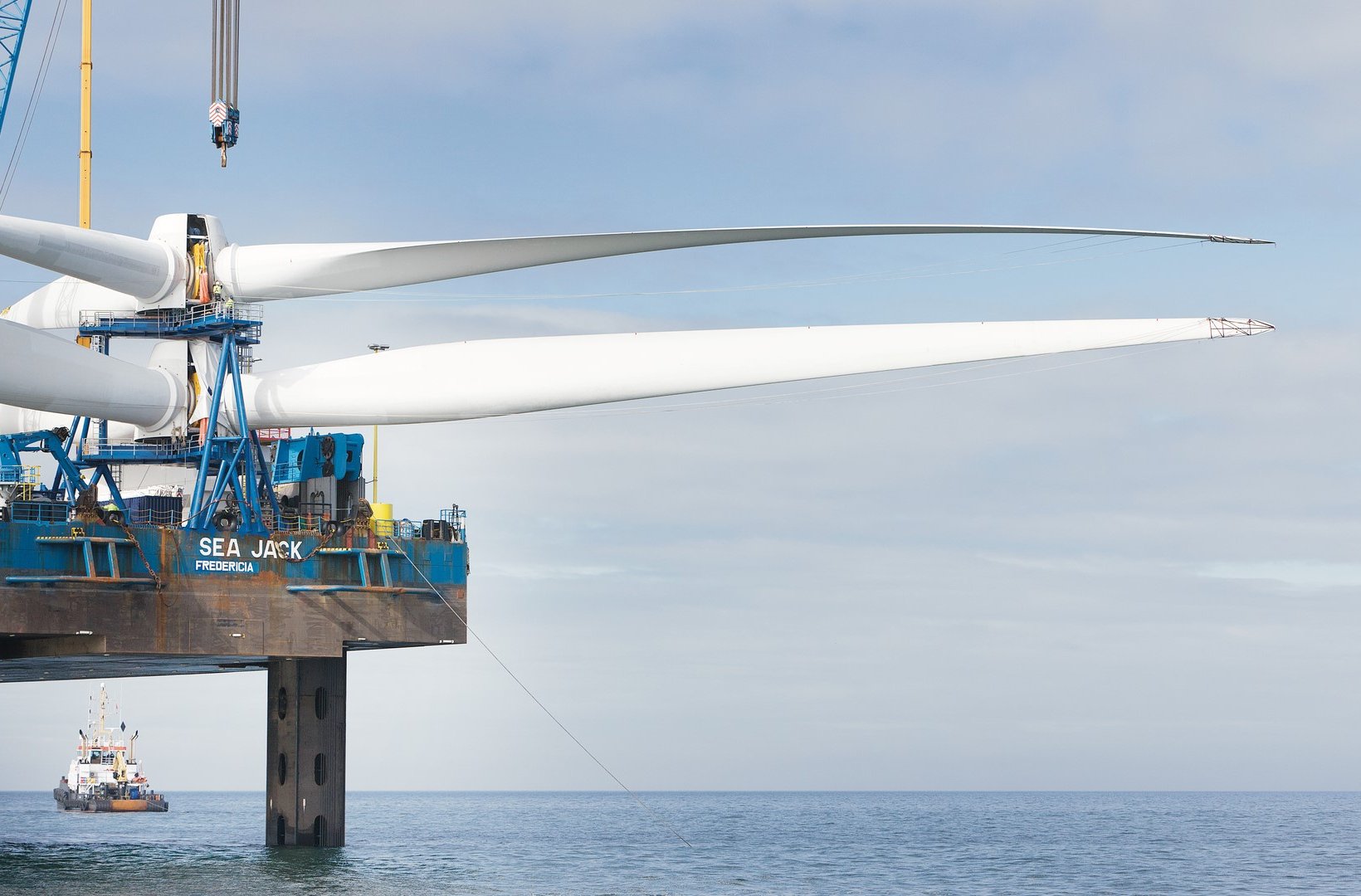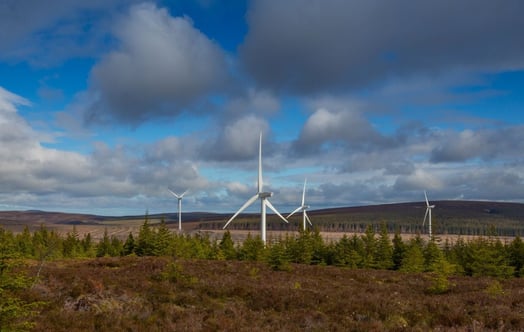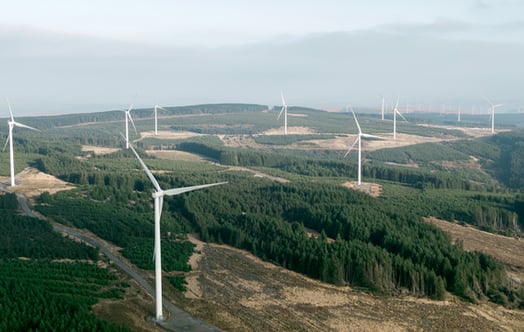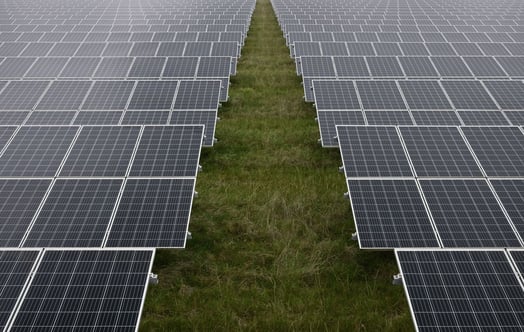
Unlocking the potential of the UK’s offshore wind industry
More British businesses can supply offshore wind projects but developers need to engage better with a more joined-up supply chain, writes Rob Lilly, Procurement and Supply Chain Manager at Vattenfall.
This article first appeared in EIC Energy Focus (summer 2020).
The UK’s offshore wind industry could sit front and centre in the UK’s post COVID-19 economic rescue plan, and in the longer term be a guiding light in the transition to net zero. If we are to power the UK’s green recovery, key stakeholders – including government, developers, operators and the supply chain – must collaboratively take decisive action.
Building on firm foundations
The UK offshore wind industry has 9.8GW of installed offshore wind capacity – more than anywhere else in the world. This is due in part to encouragement from successive governments. Capacity is expected to rise to 19.5GW by the mid-2020s.
In March 2019, the UK government and the offshore wind industry published the Offshore Wind Sector Deal to accelerate this growth. The aim is to deploy at least 30GW of offshore wind generation capacity by 2030. A key objective is to achieve 60% UK content during the life of the projects, supported by a £250m industry fund to increase productivity and innovation. RenewableUK says the UK’s offshore wind sector could power a £17.5bn investment in the UK economy by 2021 and 27,000 direct UK jobs by 2030.
Spurred by the UK’s advantages – strong wind resources, favourable sea-bed conditions, offshore energy experience and intellectual property – the UK government has now raised the target to 40GW. This means increasing the pace of commissioning through the 2020s, and more activity – particularly high-tech and innovative products and operations – should become UK based. The plan can add value to the UK knowledge economy, including exports, as well as helping secure our pipeline in a competitive global market, and ensuring that decarbonisation continues.
Top-down, bottom-up action
Developers increasingly rely on economies of scale, efficiency and project longevity, alongside the Contracts for Difference (CfD) regime, to enable innovation and recoup returns on huge infrastructure investments in the UK. The scale of projects and access to global markets also favour international Tier One (T1) companies. Smaller supply chain companies currently fare less favourably – hence the Offshore Wind Sector Deal 60% UK content target. Vattenfall’s Norfolk Vanguard and Norfolk Boreas offshore wind farm projects, if consented and built, will contribute 3.6GW of power to the grid from the mid-2020s. Vattenfall has experience in aligning with sustainable procurement policies and working with the UK supply chain. The key is early engagement. Since 2018, Vattenfall has conducted more than 60 supply chain meetings, reaching over 600 local and UK companies and stakeholders interested in the Norfolk projects and the wider UK pipeline. Vattenfall offers small-medium enterprises support and additional time to qualify and enter the sector, and introduces them to potential partners, including T1 companies. A recent meeting resulted in the publication of the Offshore Wind Supply Chain: Opportunities and Expectations Workshop Report. It identifies key actions from the sector as a whole for government, developers and the supply chain. Vattenfall is carrying out things that have been asked of it - though without consent yet for the Norfolk projects, this means accepting some risk to maintain the partnership approach.
Driving the green economy
The next generation of offshore wind projects will count on larger rotors, smarter operations, coupled systems generating green hydrogen, interconnectors, intelligent networks, and storage solutions. Developers need multi-disciplinary teams across engineering, design, informatics, manufacturing, grid, finance, consenting and regulation to enable and encourage appropriate progress. With major projects awaiting consent decisions, upcoming project leasing rounds in 2020 and the fourth round of the CfD scheme due in 2021, government decisions made during the next few months will indicate whether renewables will drive the UK’s green recovery.
Learn more and register your interest here.
This article first appeared in EIC Energy Focus (summer 2020).



